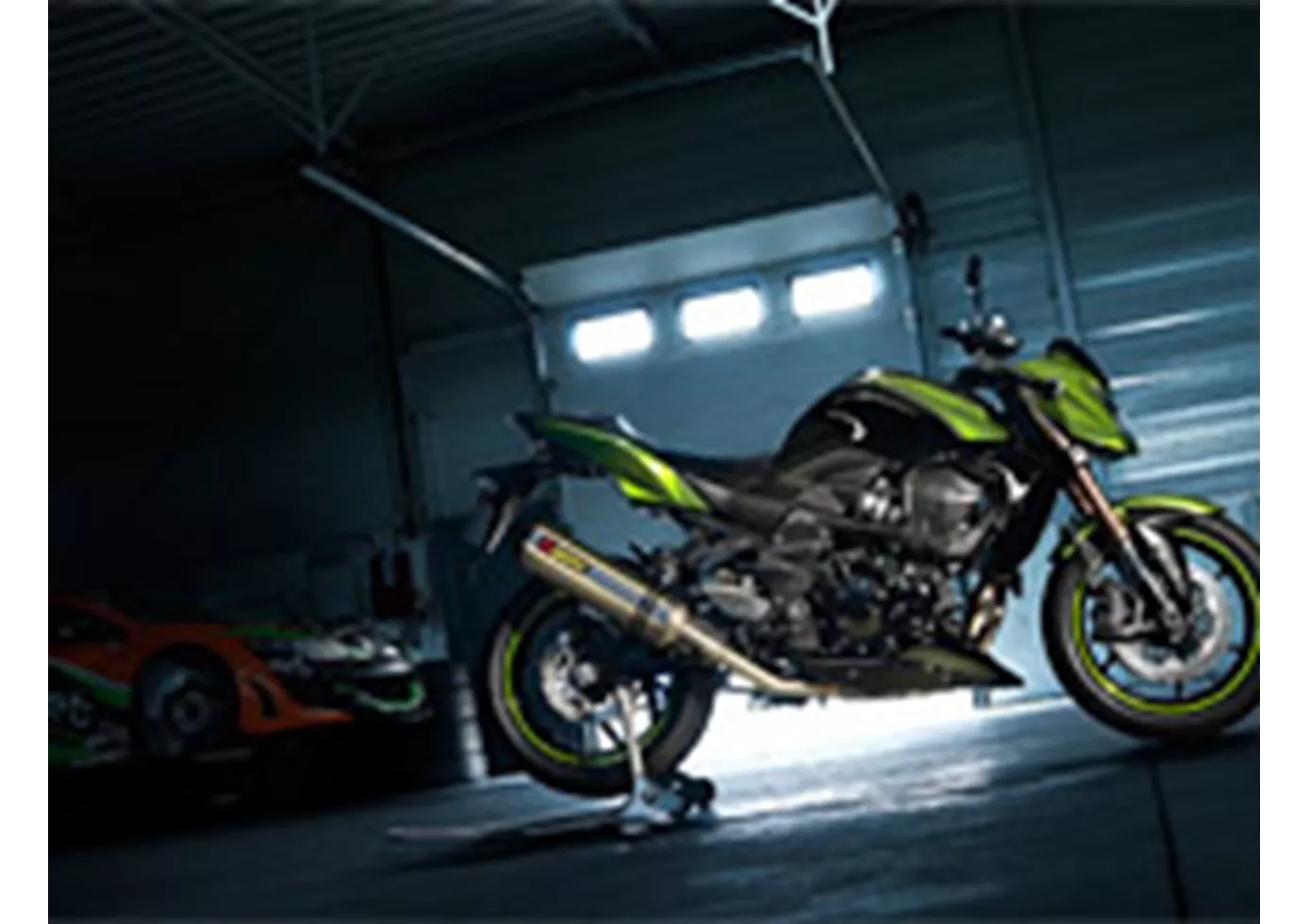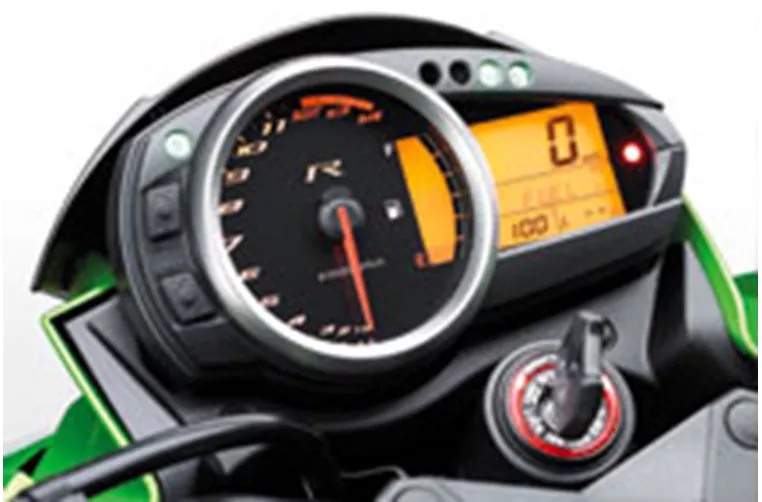Kawasaki Z 750R 2011 vs. Kawasaki Z 800 2013

Kawasaki Z 750R 2011

Kawasaki Z 800 2013
Overview - Kawasaki Z 750R 2011 vs Kawasaki Z 800 2013
The Kawasaki Z 750R model year 2011 and the Kawasaki Z 800 model year 2013 are both naked bikes with similar engine types, inline 4-cylinder engines with liquid cooling. However, there are several differences between the two models that set them apart.
In terms of engine power, the Z 800 has a slight advantage with 113 horsepower compared to the Z 750R's 106 horsepower. The Z 800 also has a higher torque rating of 83 Nm compared to the Z 750R's 78 Nm. These differences in power and torque may result in a slightly more spirited and responsive ride on the Z 800.
Both bikes feature upside-down telescopic forks for the front suspension, with rebound adjustment for fine-tuning the suspension settings. The rear suspension also offers rebound adjustment on both models. This allows riders to customize the suspension to their preferences and riding style.

Kawasaki Z 750R 2011
In terms of chassis, the Z 750R features a steel frame with a twin tube design, while the Z 800 has a steel frame with a double cradle design. The double cradle design on the Z 800 may offer improved stability and handling characteristics compared to the twin tube design on the Z 750R.
Both models feature double disc brakes with four-piston calipers on the front wheel. The Z 750R has radial, petal technology for the front brakes, while the Z 800 has petal technology. This means that the Z 750R may offer slightly improved braking performance and heat dissipation compared to the Z 800.
In terms of dimensions and weights, the two models are quite similar. They both have 17-inch wheels with the same tire widths (120 mm front, 180 mm rear). The wheelbase is also similar, with the Z 750R measuring at 1440 mm and the Z 800 at 1445 mm. The seat height is almost identical as well, with the Z 750R at 835 mm and the Z 800 at 834 mm. However, the Z 750R has a slightly larger fuel tank capacity of 18.5 liters compared to the Z 800's 17 liters.

Kawasaki Z 800 2013
In terms of strengths, the Z 750R 2011 model is praised for its confident engine performance, excellent braking system, and the inclusion of ABS. On the other hand, the Z 800 2013 model is noted for its eye-catching, chunky look, confident acceleration, relaxed geometry, and powerful brakes.
As for weaknesses, the Z 750R 2011 model is mentioned to have some stability issues, particularly in the chassis. On the other hand, the Z 800 2013 model has limited freedom of movement for the legs.
Overall, both the Kawasaki Z 750R 2011 and the Kawasaki Z 800 2013 have their own strengths and weaknesses. The Z 800 offers a slightly more powerful engine and a more visually appealing design, while the Z 750R provides a stable ride and the added safety feature of ABS. Ultimately, the choice between the two models will depend on the rider's personal preferences and priorities.
Technical Specifications Kawasaki Z 750R 2011 compared to Kawasaki Z 800 2013
Pros and Cons in comparison
Pros and Cons in comparison
Kawasaki Z 750R 2011

All in all, we think the Kawasaki Z 750 is right to wear the R. It is definitely a lot of fun on trackdays. However, if you want to hunt for lap times energetically, you have to invest in the chassis. Primarily to gain lean angle clearance. After that, you could even think about an "RR" in the name abbreviation.
Kawasaki Z 800 2013

Overall, the Z800 delivered a sensational performance. Considering the fact that nothing was changed or optimised on the vehicle apart from the Remus rear silencer, a super final result.
Price Comparison Avarage Market Price Kawasaki Z 750R vs Kawasaki Z 800
There are a few key differences between a Kawasaki Z 750R 2011 and a Kawasaki Z 800 2013. In terms of price, the actual average price of a Kawasaki Z 800 2013 is about 29% higher. Compared to Kawasaki Z 800 2013 there are less Kawasaki Z 750R 2011 bikes available on the 1000PS.de Marketplace, specifically 4 compared to 7. It takes less time to sell a Kawasaki Z 750R with 49 days compared to 56 days for a Kawasaki Z 800. Since model year 2011 1000PS.de editors have written 7 reviews for the Kawasaki Z 750R and 11 reviews for the Kawasaki Z 800 since model year 2013. The first review for the Kawasaki Z 750R was published on 9/14/2010 and now has more than 17,800 views. This compares to more than 8,100 views for the first review on Kawasaki Z 800 published on 9/6/2012.































